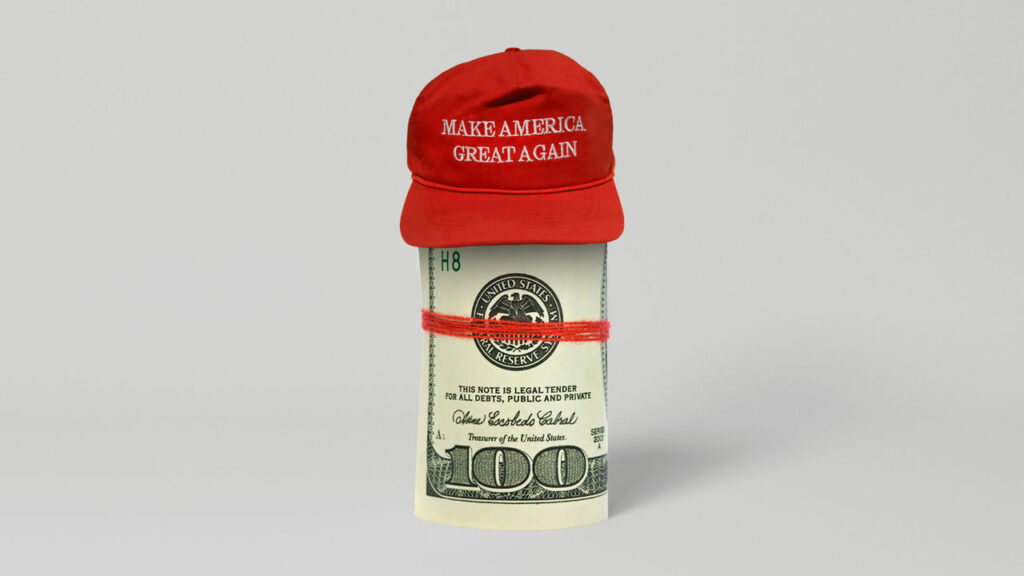In 1971, John Connally, who was then serving as the United States Treasury Secretary, famously remarked to his European counterparts that the dollar was “our currency, but your problem.” This statement encapsulated the enduring influence of the American dollar on the global economy, a dynamic that remains relevant today. Over the subsequent five decades, the global economic landscape has seen substantial transformations; however, the fundamental truth behind Connally’s words persists. The dollar’s value is predominantly shaped by domestic American developments, yet its fluctuations can create significant repercussions across international borders, affecting economies worldwide.
As we look towards the future, recent observations suggest that another major swing in the value of the dollar may be imminent. The upcoming economic policies associated with Donald Trump, the President-elect of the United States, appear poised to greatly enhance the strength of the dollar. Many economists and financial analysts have indicated that the proposed fiscal measures could stimulate domestic growth substantially. However, this increase in the dollar’s value could present challenges for other economies.
The implications of a stronger dollar are multifaceted. For emerging markets, particularly those that rely heavily on dollar-denominated debt, a robust dollar may lead to increased financial burdens. As the dollar appreciates, the relative cost of servicing these debts increases, potentially leading to stagnation or even recessions in those economies. Countries that are already struggling with inflation and currency volatility may find themselves further compromised by the strengthened dollar, which can lead to capital flight as investors seek stability elsewhere.
In addition to emerging markets, the reverberations of a stronger dollar are likely to impact developed economies as well. Nations in Europe and Asia that have significant trade relationships with the U.S. may see their exports become less competitive due to the stronger currency. This could lead to trade imbalances and a slowdown in economic growth, as American consumers may turn to domestic products instead of foreign goods, impacting industries reliant on exports.
Moreover, central banks around the world may have to respond proactively to a strengthening dollar. With the Federal Reserve (the U.S. central bank) likely to adopt tighter monetary policies in response to Trump’s proposed economic agenda, this could prompt other central banks to consider adjustments in their own monetary policies. The challenge for global economic stability intensifies as these central banks strive to manage inflation and maintain growth while navigating the complexities of a stronger dollar-induced environment.
Investors are also watching closely as the anticipated policies could lead to volatile financial markets. Higher interest rates and accelerated economic growth may increase attraction to U.S. assets, which in turn could shift value away from other currencies and investment vehicles. This creates a landscape fraught with uncertainty, as shifts in capital allocation can lead to unpredictable market movements.
In summary, the adage articulated by John Connally decades ago continues to resonate as we contemplate the future economic trajectory under the leadership of Donald Trump. With the dollar’s looming potential for significant appreciation, the repercussions will likely ripple through the global economy. While the effects may foster growth within the United States, they pose substantial risks to countries around the world, particularly those reliant on stable currency exchange rates and manageable debt levels. The interconnectedness of today’s economy underscores the need for vigilance and strategic planning from policymakers and financial institutions globally as they brace for the impending challenges that accompany a resurgent dollar.



